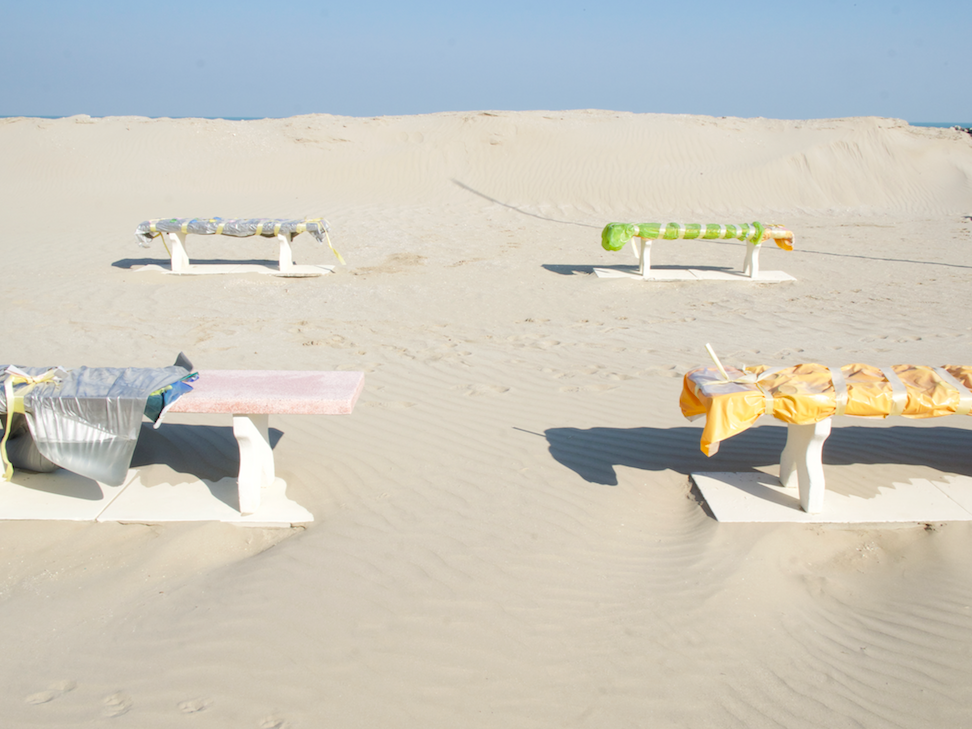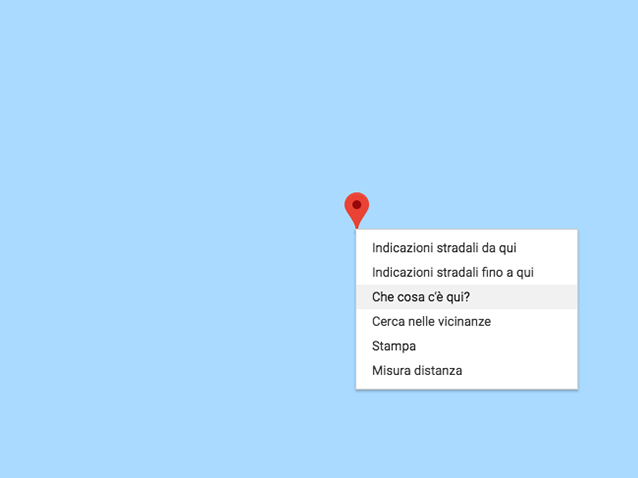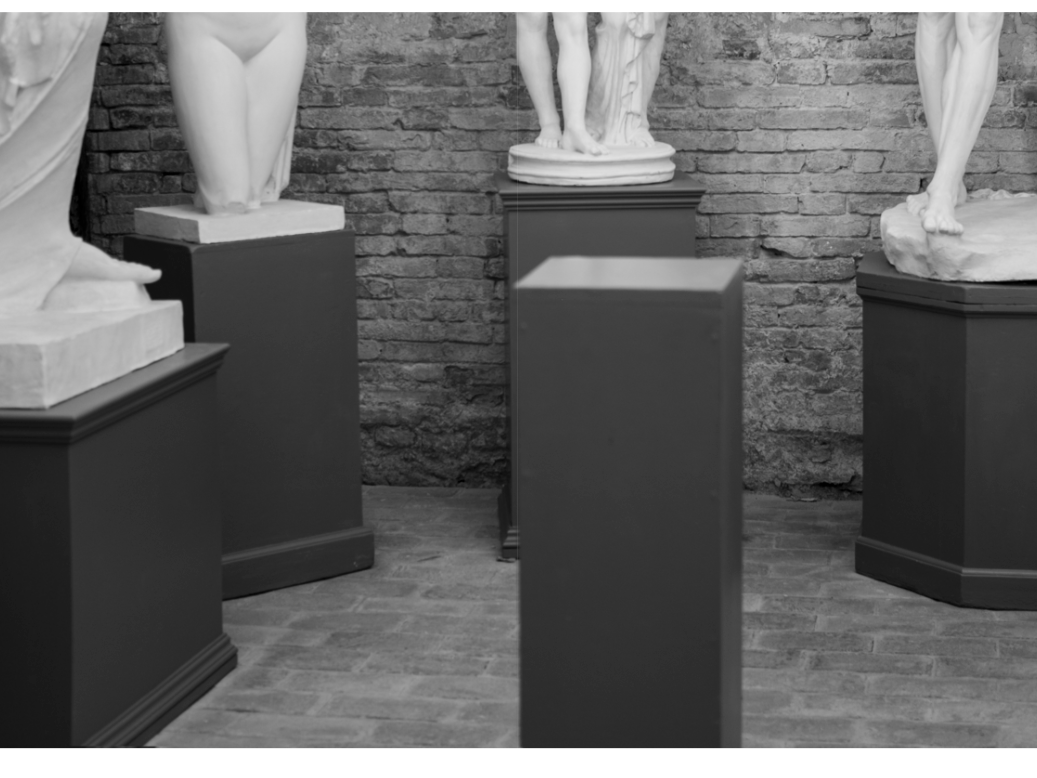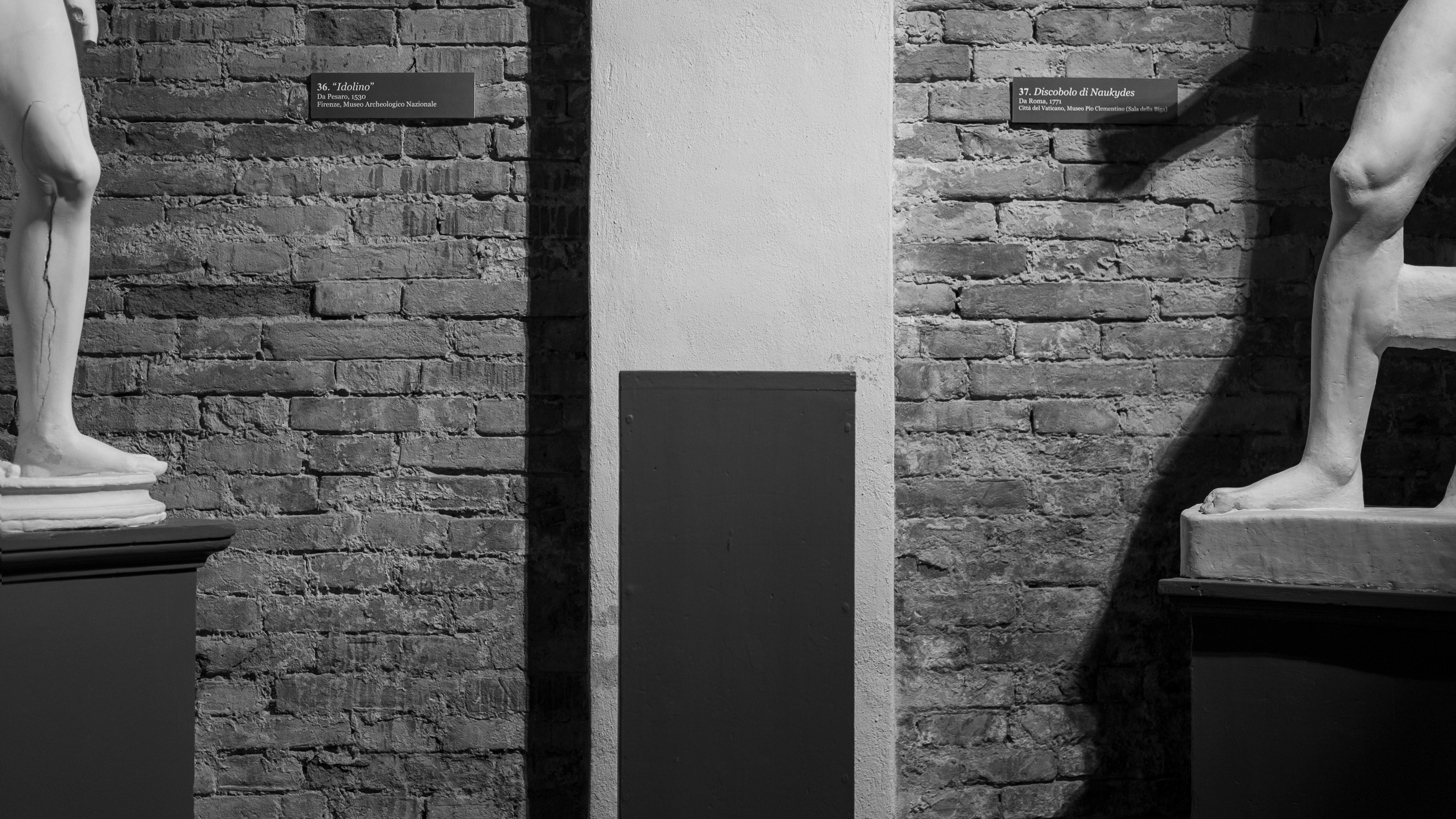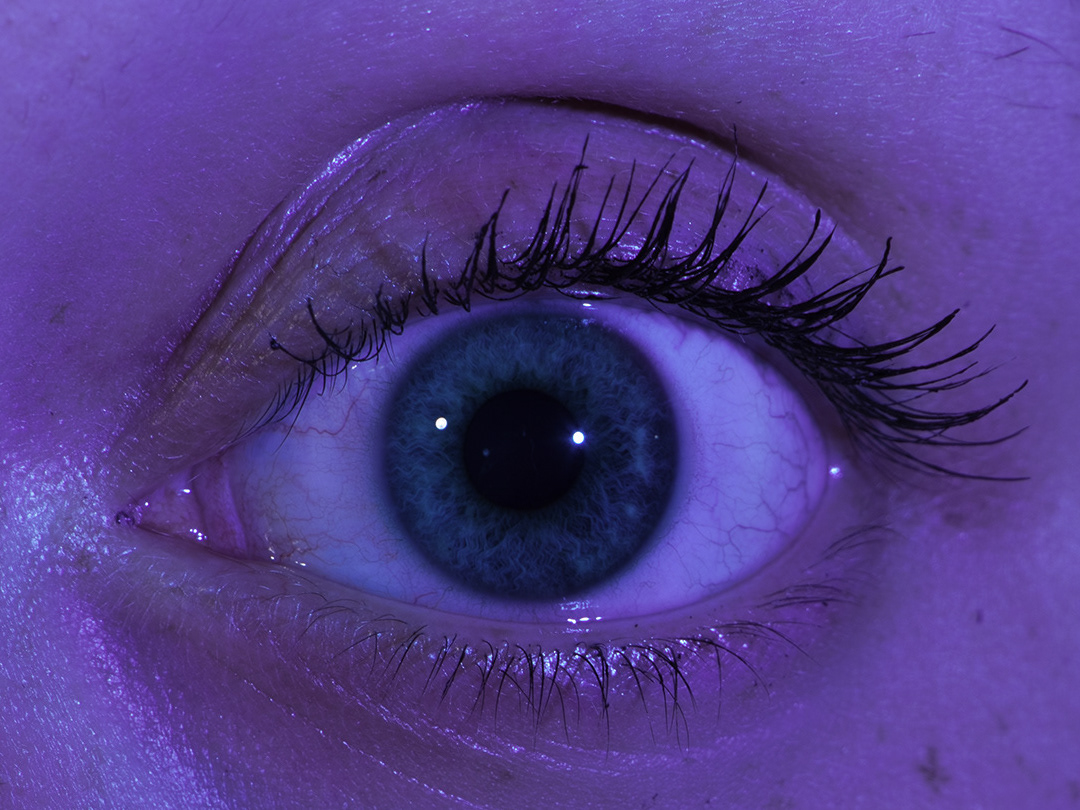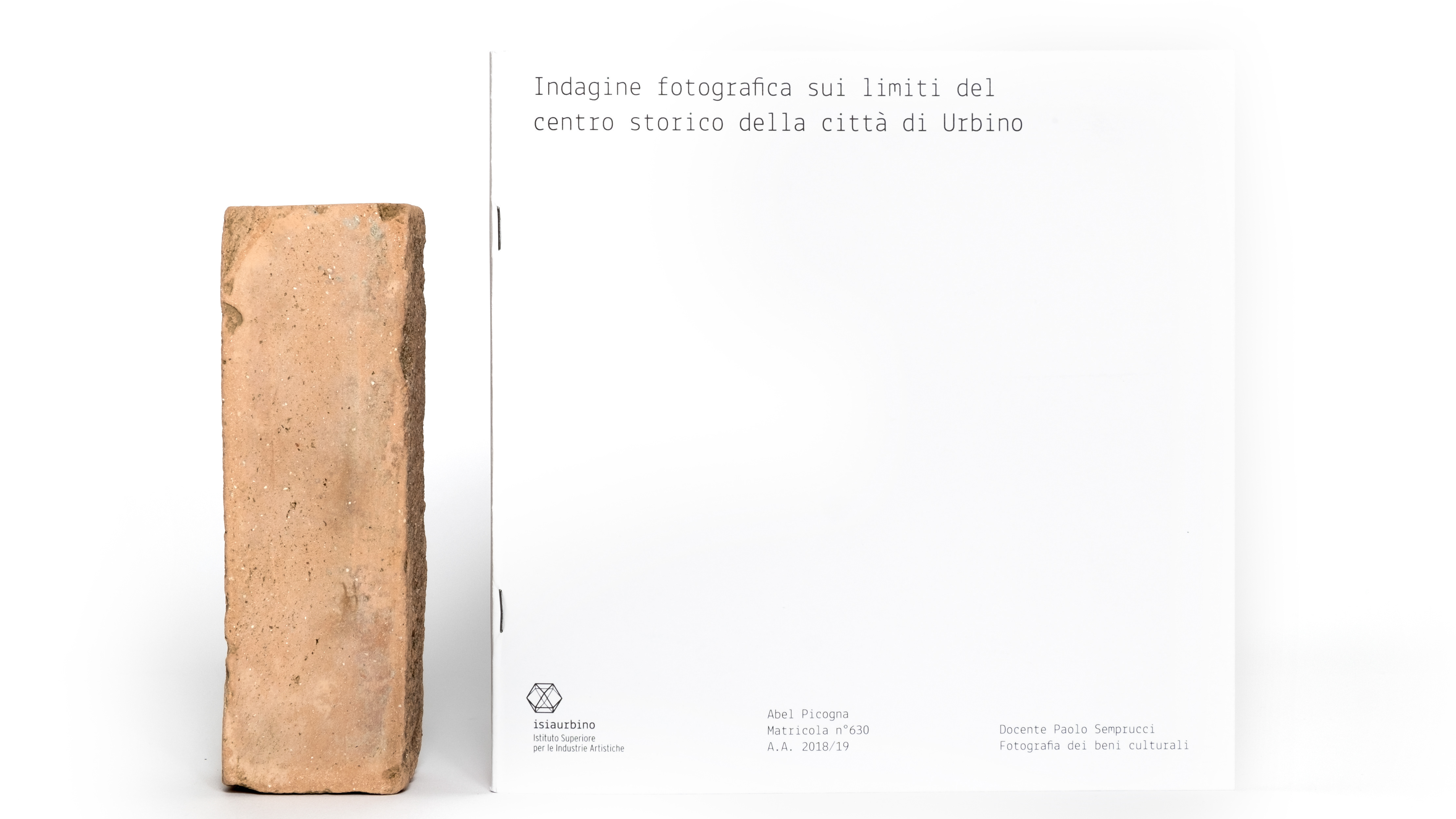There is still life?
Magazine realized with Cecilia Murgia, Sara Ceradini, Luca Pradella e Simone Foglia
Slow Violence
pag. 113-147 - Photos by me
Starting from what is the aerial view, devoid of perspective, of escape routes, an unusual vision to the one we are used to, just from these images (taken from the archives of Google Earth, Digital Globe and NASA) this project is born. the use of these unusual images emphasizes the beauty of certain places on this planet, uncontaminated places lacking the appearance of human traces, yet there is a detail, an operation on these images that aims to confuse, to reflect. Apparently tiny objects such as envelopes, glasses, nets and other small plastic fragments can literally invade these places so as to make the border between nature and anthropization almost invisible.
From the following reflections the choice of the title is born, taking up the innovative concept of Rob Nixon "Slow Violence", a term used to define this invisible, slow violence, far from media sensationalism. Dispersed in space and time. This transcendent violence requires a different ontology, an ontology that transcends the individual and sees the world in a different way - perhaps, starting from its end. As the British eco-philosopher Timothy Morton claims, an ethics of the end of the world. The end of the world, in fact, is already here in many respects, and it is already now. In this new geological age (or post-geological) the objects of the world change, and our way of knowing them changes. The mundane objects are no longer detectable in the here and now, they are distributed in space and time, they hybridize with our existences. Morton calls them "hyper-objects": "things massively distributed over time and space relative to human beings". Even a piece of polystyrene or a plastic bag, for Morton, are "hyper-objects", and they are because they interfere with other individuals in space and time in a distributed, non-punctual, radial and viscous manner. Therefore, not only the "hyper-objects put an end to the idea that time and space are empty containers in which entities are placed, but in other words they are directly responsible for the end of the world, the world in which time and space space were interrelated in a unique and linear way. We are thus forced to admit an objective fact. And that is, that the life of things is not foreign to our life.
"I wish anyone could see the world as I could see it. However, we must succeed in alienating ourselves from the wonder and the exceptionality of the thing.
The beauty of going into space is that on your return you can fully understand how the Earth is a unique place, a single shared place.
We are all in the same boat. "
The beauty of going into space is that on your return you can fully understand how the Earth is a unique place, a single shared place.
We are all in the same boat. "
Taken from a dialogue of:
Chris Hadfield in the One Strange Rock docuserie: Planet Earth



